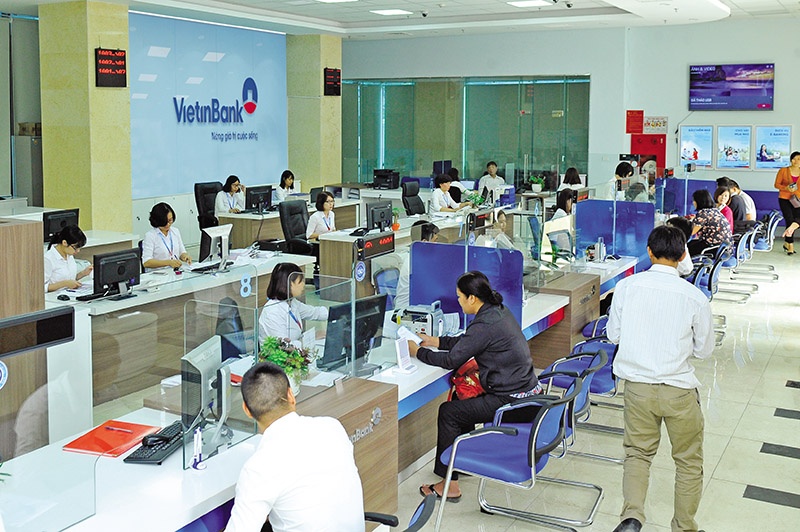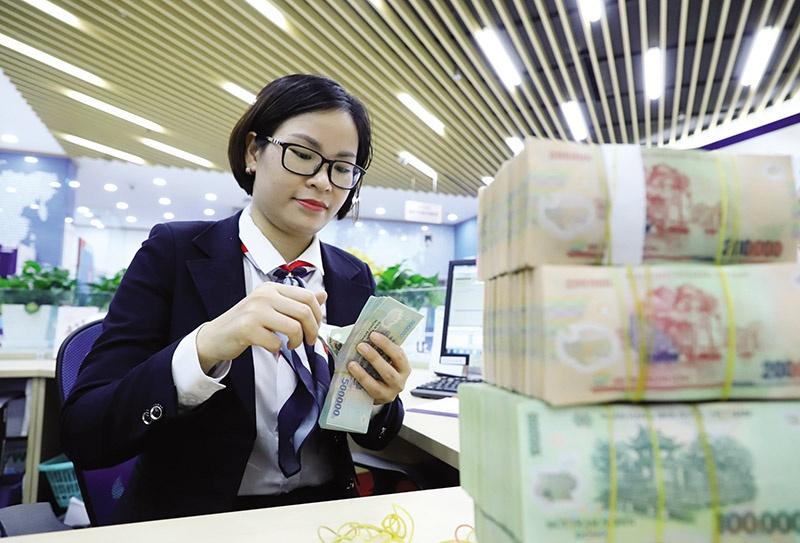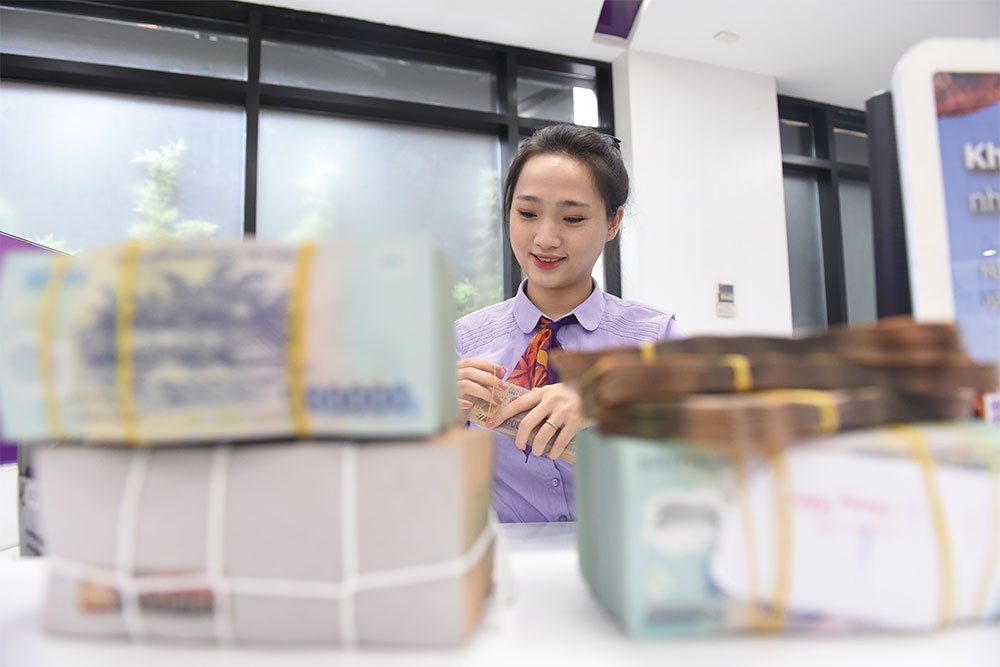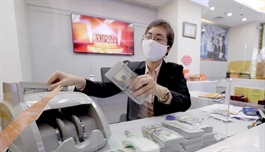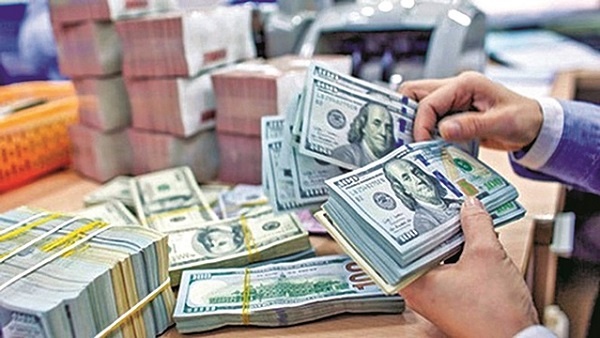Viet Nam's foreign exchange reserves to grow this year
Viet Nam's foreign exchange reserves to grow this year
VNDirect Securities Corporation expects Vietnamese foreign exchange reserves to recover to 3.3 months of imports and reach US$102 billion by the end of this year from the current level of $89 billion last year, said in its updated macro report.
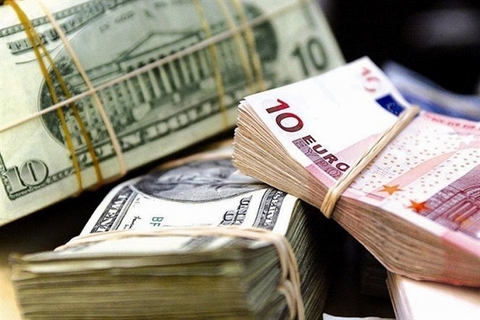
Analysts of VNDirect have made forecasts and said that with the US Federal Reserve (Fed) slowing down the rate of interest rate hikes this year and improving Vietnamese foreign exchange reserves, it would stop the decline price of Vietnamese dong.
At the same time, the rate at the end of this year is likely to decrease by 1-2 per cent.
Besides, experts also expect a trade surplus of $13.4 billion this year, from a trade surplus of $12.4 billion last year.
In addition, the current account will turn into a surplus at 1.4 per cent of GDP this year from a projected deficit of 0.8 per cent of GDP last year.
According to data published in March 2022, Viet Nam's foreign exchange reserves are at a record high of nearly $110 billion.
However, after that, the State Bank of Vietnam (SBV) faced many difficulties in balancing the three main goals of controlling inflation, stabilising exchange rates and interest rates to support growth.
SBV had to sell a large amount of foreign exchange reserves to stabilise the exchange rate, which is estimated at approximately 20 per cent of foreign exchange reserves, in the first 10 months of last year.
This has caused Viet Nam's foreign exchange reserves to fall below the level recommended by the International Monetary Fund (IMF) when it was less than three months of imports.
VNDirect expects a trade surplus of $12 billion next year, from an expected trade surplus of $10.4 billion last year.
At the same time, VNDirect also expects the current account to turn into a surplus in to 0.4 per cent of GDP this year from a projected deficit of 1.3 per cent of GDP last year.
Therefore, the securities company said that Viet Nam's foreign exchange reserves will recover to the level of three months of imports and reach $102 billion by the end of this year from the current level of $89 billion.
However, VNDirect said that there were several key risks to the forecast including higher-than-expected inflation and a stronger-than-expected US dollar which could put additional pressure on the Vietnamese dong and the stronger-than-expected recession of Viet Nam's major trading partners.
In fact, Vietnamese dong once depreciated by 7-8 per cent last year compared to the end of 2021, but by the last trading day of last year, Vietnamese dong only depreciated by 3.53 per cent, equivalent to half of the two previous months.




